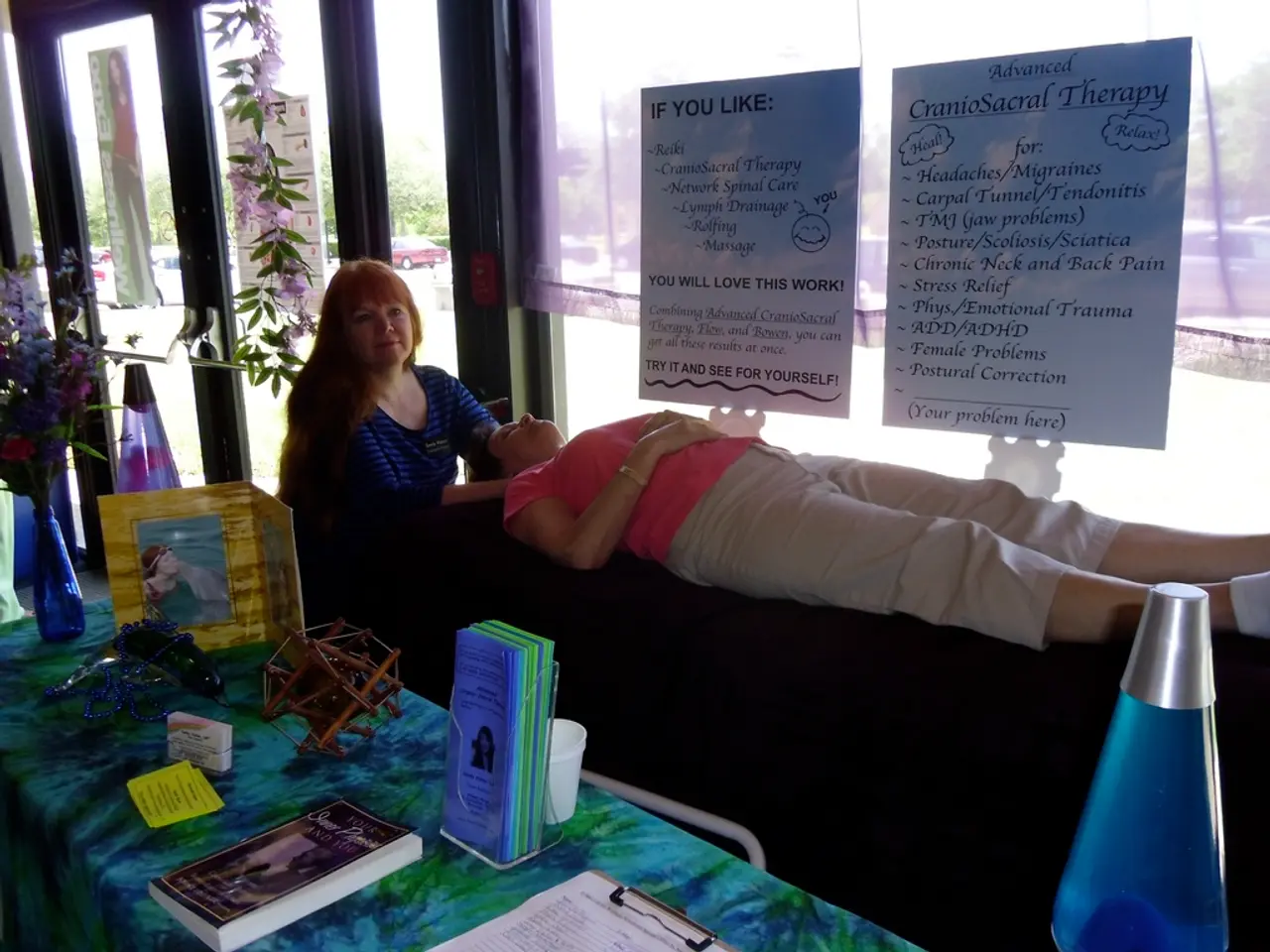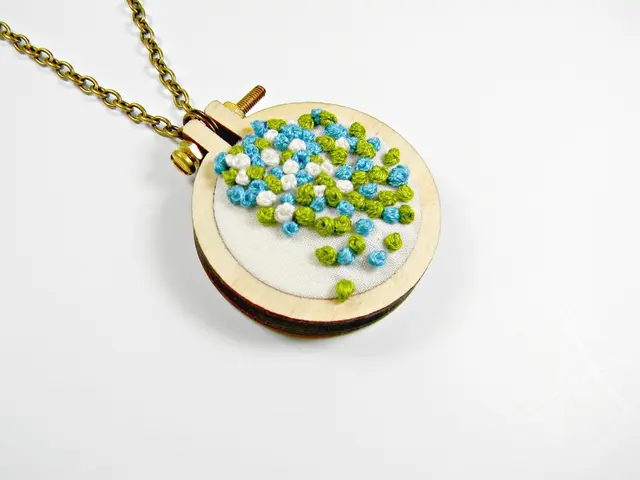Navigating Approaches for Seasonal Affective Disorder (SAD) - Explore Your Preemptive Treatment Choices
Seasonal Affective Disorder (SAD) is a type of depression that's related to changes in seasons. It affects approximately 10 million Americans, causing symptoms such as feelings of sadness, hopelessness, and lethargy that can last for days or weeks at a time.
Fortunately, there are various ways to manage SAD beyond medical treatments. Here are some common coping strategies that can help regulate mood, reduce symptoms, and improve overall well-being during seasonal changes.
Maintaining Good Sleep Hygiene
Keeping your sleep environment cool, dark, and comfortable, and adhering to a steady sleep schedule can alleviate SAD symptoms. A consistent daily routine, encompassing regular mealtimes, exercise, and self-care activities, also supports mood stabilization.
Establishing a Consistent Daily Routine
Increasing exposure to natural sunlight is crucial in counteracting the effects of reduced daylight in winter months. Spending time outdoors, especially in the morning, and using bright indoor lighting can help.
Regular Physical Activity
Engaging in regular physical exercise, like walking, swimming, or yoga, boosts endorphins and supports circadian rhythms, which can improve mood and energy levels.
Social Engagement
Social support through contact with friends, family, or community activities helps reduce loneliness and feelings of isolation, common in SAD.
Mindfulness and Relaxation Techniques
Mindfulness practices such as meditation and deep breathing exercises lower stress and help manage emotional symptoms related to SAD.
Lifestyle Adjustments
Lifestyle adjustments such as digital detoxes to reduce anxiety linked to excessive social media use and vitamin D supplementation can be beneficial. Creating a supportive and well-lit environment combined with emotional support from loved ones is also crucial for managing symptoms.
Medical Treatments for SAD
For those seeking professional help, there are various medical treatments available. Psychotherapy, talk therapy, or counseling can be used to treat SAD by helping to identify and change negative thoughts and behaviors. Antidepressant medications can also be used to treat SAD, but should be discussed with a healthcare provider.
Light Therapy/Phototherapy is a treatment option for SAD that mimics natural outdoor light and alters brain chemicals to improve mood. Light therapy boxes can be purchased with a physician's guidance for home use and start working within a few days to a week for most patients, causing few side effects.
Transcranial Magnetic Stimulation (TMS) therapy is a new, FDA-approved, drug-free, non-invasive treatment for long-term depression and SAD. TMS therapy uses a MRI-strength magnetic field to stimulate the front part of the brain, alleviating the core symptoms of major depression with no side effects.
Seeking Professional Help
Untreated SAD can limit a person's ability to function on a daily basis and enjoy life. Seeking professional help and treatment is crucial in managing SAD. With the right treatments and lifestyle changes, most people can overcome SAD and live life to its fullest.
[1] American Psychological Association. (2021). Seasonal Affective Disorder (SAD). Retrieved from https://www.apa.org/topics/sad
[2] Mayo Clinic. (2021). Seasonal affective disorder (SAD). Retrieved from https://www.mayoclinic.org/diseases-conditions/seasonal-affective-disorder/symptoms-causes/syc-20368853
[3] National Institute of Mental Health. (2021). Seasonal Affective Disorder. Retrieved from https://www.nimh.nih.gov/health/topics/seasonal-affective-disorder-sad/index.shtml
[4] National Alliance on Mental Illness. (2021). Seasonal Affective Disorder. Retrieved from https://www.nami.org/About-Our-Organization/Publications-and-Awareness/Awareness-Campaigns/Seasonal-Affective-Disorder-(SAD)/What-is-Seasonal-Affective-Disorder-(SAD)
Science and health-and-wellness sectors have contributed significantly to mental health, shining light on various treatments for Seasonal Affective Disorder (SAD). For instance, medication management, such as antidepressant medications and Transcranial Magnetic Stimulation (TMS) therapy, have proven to be effective in managing SAD symptoms. Furthermore, mindfulness and relaxation techniques, like meditation and deep breathing exercises, have shown potential in reducing stress and emotional symptoms associated with SAD.




